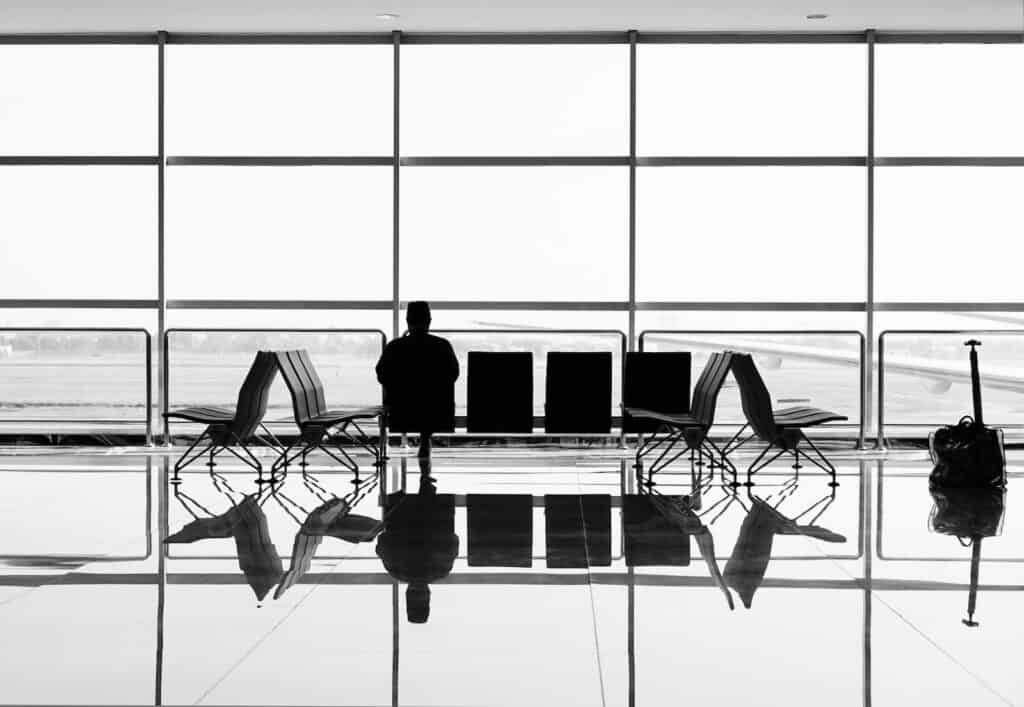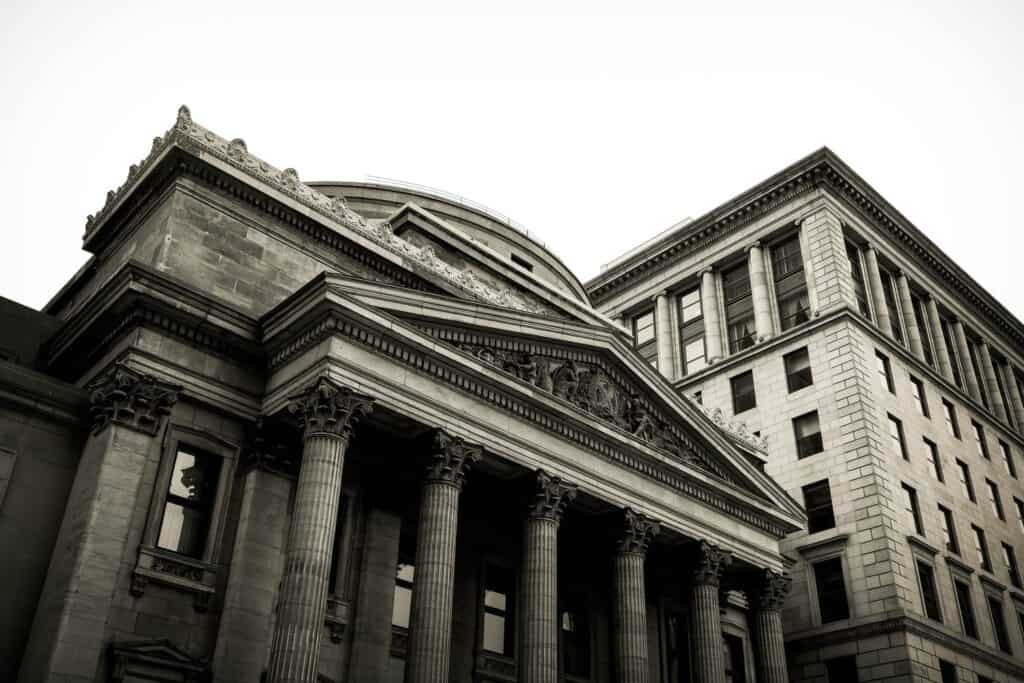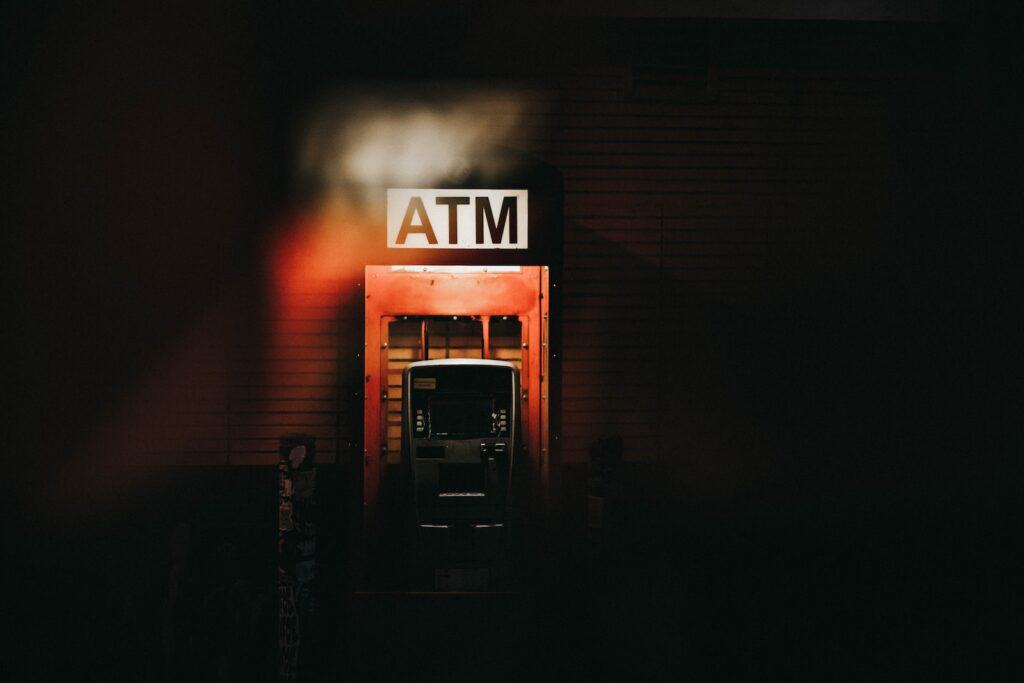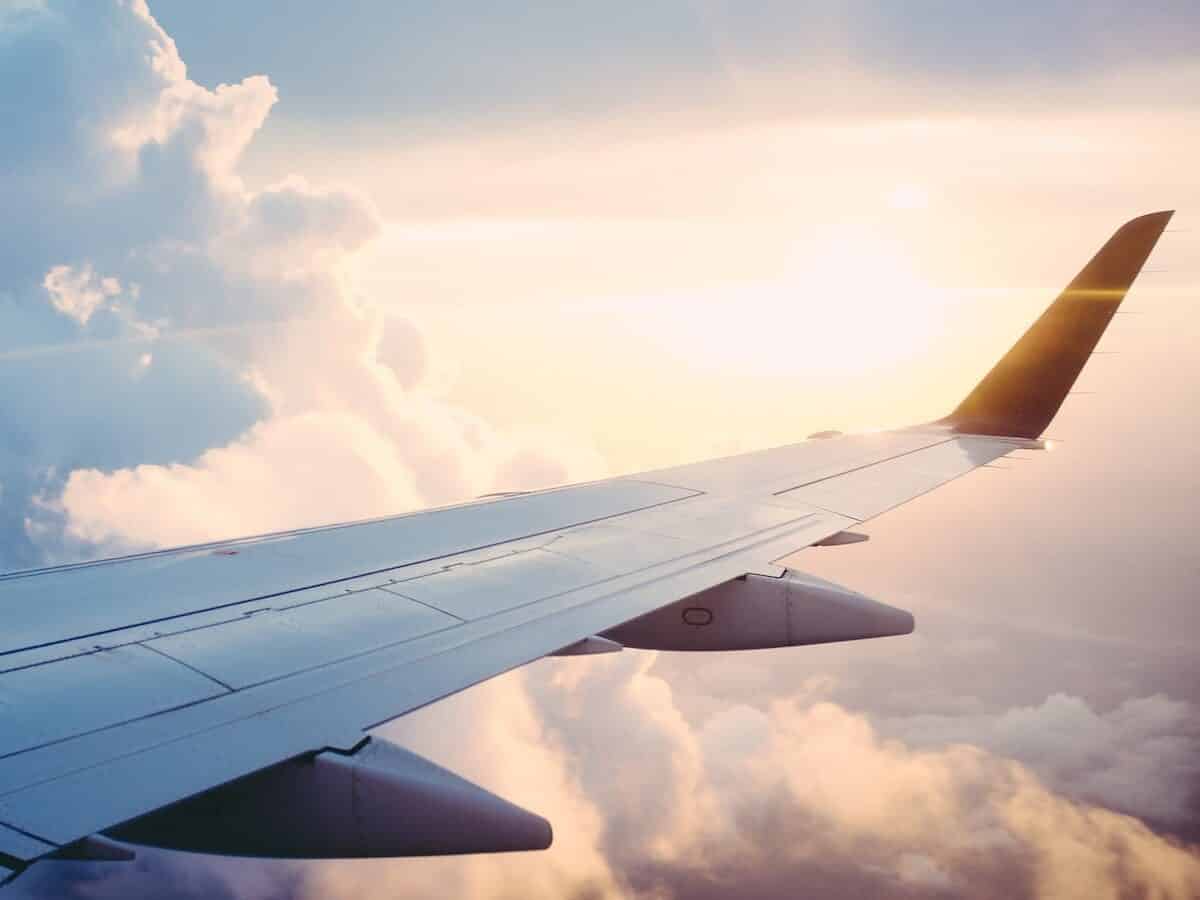This is a question that we get a lot when people ask us for help planning their international vacations. Whether you have never been to a foreign country before or you have traveled abroad many times, it is very important to know the best ways to get foreign cash for your trip. After all, by making some of the typical mistakes that people make when getting foreign cash, you can cost yourself hundreds of dollars and never even know!
In this post, I will let you know the four main ways to get another country’s currency and let you know what I myself do when I travel. I’ll also offer some tips throughout the post about using foreign currency to your advantage and not to your disadvantage!

Never Exchange Money in Airport Terminals
This is the single biggest rookie mistake that you can make. When planning your trip, you may think that the easiest way to get foreign currency is just to go to a currency exchange booth at the airport. While this is true, easy is not worth the price – especially not when there are so many other easy ways to get cash without sacrificing so much value.
If you only read one sentence of this post, make it this one: Never, EVER exchange money in airport terminals.
Airport kiosks will do this by offering you a much worse rate than the true exchange rate. For example, if the U.S. dollar is worth 20 Mexican Pesos, they might offer you 15 or 16 in addition to the high additional fees that they charge. So, if 100 U.S. dollars is really worth 2,000 pesos, you might wind up with only 1,500 pesos.
In this case, you literally lose a quarter of your money! If you learn one thing from this post, it is that currency exchange counters in the airport are the single worst way to exchange money for your trip, and they will never offer you the best rates. Please do not use them.
You can lose up to 25% of your money when you use an exchange booth at the airport, and using currency exchange booths should always be a last resort.
Now, currency exchange booths aren’t always bad. They’re just never good in an airport. In an airport, you are a complete captive. If you are in the airport in Tokyo and are asking for yen, for example, it means that you are a tourist that currently has no money, and therefore will do anything to get it.
They will take full advantage of that and completely rip you off with horrible exchange rates and excessive extra fees.
Currency exchange booths outside of the airport can be a little bit better. This is completely variable and depends entirely on the currency exchange that you go to. I would fully advise checking the true exchange rate online beforehand to know exactly what you should be looking for.
While a currency exchange place will never offer you a fair market rate (financial institutions have to make money, after all), they can offer you a competitive rate. Just be sure to ask about any extra fees that they may charge on top of the exchange rate.
Check the currency exchange rate online beforehand to know what you should be looking for. Ask about additional fees that they charge on top of the current exchange rates.
I have had some bad experiences with this, like in Sao Paulo where they took about 25% of my money on top of the fair market rate. I’ve also had great experiences, like in Las Vegas where I got pretty much the fair market rate without paying any fees.
For this reason, it is completely hit or miss, and I advise knowing the true rate before you go that way you can calculate how much of a cut they’ll be taking.
If you are opting to go to a currency exchange counter, I advise going in your home country rather than in your destination country. You will typically get a better rate exchanging your home currency for something else in your home country, for example, than you will by exchanging dollars for a local currency in another country. After all, people in France don’t really want your US dollars!
There are three other methods that you can use to get cash for an international trip. As I said, currency exchange counters are usually your worst bet and I highly advise against them unless they are absolutely necessary.
The next two methods on this list are fairly interchangeable as they depend heavily on your local bank and the extra charges that they assess, but they are the two common options that I would recommend.

Your First Option Is to Order Foreign Currency Directly from Your Bank
Most major banks allow you to buy foreign currency directly from them, and they will even ship it directly to your house within the United States. This method is usually what people go with, as it gives them a sense of security and peace of mind before leaving for their trip. Some people like to have their trip’s cash in hand before they leave, and if this is you, then this is the best way to do that.
A bank or a credit union will often offer its customers the best exchange rate, but the tradeoff is that you will need to order it plenty of time in advance.
Some banks will have certain common currencies like the British Pound on hand, but anything above a certain threshold will require a pre-order. I typically recommend ordering cash a few weeks ahead of time to make sure it arrives in time for your trip, as some banks require up to 10 business days of notice.
The catch to the great bank rates is that you need to order the currency exchange months in advance.
When ordering foreign cash from your bank, you will usually get a decent rate and be charged a flat fee on top of that rate. So, if the U.S. dollar is worth 20 Mexican Pesos, your local bank might offer you 18 or 19 pesos per dollar plus a fee of $30 on top of the exchange.
When it is all said and done, this is a decent option. I personally do not ever go this route, as I think the next option is better for my own situation, but that may not be the case for everyone.

The Second Common Option that I Recommend Is Using ATMs in Your Destination Country.
This is the best deal for most people, but it fully depends on what bank you use. Typically ATMs will offer you a favorable exchange rate, and as long as your bank’s ATM fee is reasonable this is your best option. The expansion of ATMs is largely what has caused traveler’s checks to become obsolete.
Most big American banks offer competitive currency exchange fees when you use a foreign ATM. Wells Fargo and Bank of America customers, for example, are usually going to be best off just withdrawing cash from ATMs when visiting foreign countries. The bank that I use charges a flat $5 fee per international ATM withdrawal, which means that I pay $5, plus the fee of the bank that owns the ATM, plus the exchange rate.
While this may sound like a lot of fees, it is actually minimal compared to going directly to the bank. Instead of paying a high fee at the bank and getting a good exchange rate, this method allows me to pay $5 to my bank, $5 to the other bank, and take advantage of the dynamic currency conversion that most ATMs offer.
This is the method I use 99% of the time when I travel!
All you need is your debit card or ATM card, and you don’t need to worry about carrying much cash with you through the airport. While some people like the comfort of having their cash before they leave, I personally am comfortable with the fact that there are hundreds of ATMs within a few miles of every major airport and I will be able to withdraw my cash on arrival.
Do research to see what kind of fee your bank charges for international ATM withdrawals. Banks that charge a percentage can get very expensive.
Again, this method depends heavily on your situation. There are two different groups of people for whom I would not recommend this method. Firstly, you should always do research to see what kind of fee your bank charges for international ATM withdrawals. As I said, my bank charges a flat $5 per withdrawal. However, some banks charge a percentage, which can get very expensive.
If your bank charges a 3% fee, for example, this means that you will pay $3 for every $100 you withdraw PLUS the ATM fee of the other bank (the bank whose ATM you’re using). If you are withdrawing $500 worth of currency, this can quickly turn into $20 or more of fees, which may wind up being more expensive than the local branch of your bank was.
Secondly, if you are going to be needing a lot of cash on your trip, this method may not be the best for you. Some countries have very cash-oriented economies, and some credit card companies aren’t very widely accepted – especially American Express.
If this is the case and you are planning on taking upwards of $1,000 with you, you probably will not want to use this method. Banks have maximum withdrawal amounts, and you may be forced to make several withdrawals in order to get all of that money.
This means you pay that fee 3 or 4 times, which gets to be more expensive than just getting it all at the bank in the first place. On top of that, some banks have rolling withdrawal limits and will only let you withdraw a certain amount of money per week, leaving you high and dry if you run out of cash and have exceeded your bank’s withdrawal limit.
I tend to use only the cash that I need and use a credit card for every transaction that I can. For this reason, I tend to withdraw small amounts of currency from a local ATM when I arrive and use it only when necessary until the last day of my trip. If I still have cash left over in the last couple of days, I start to use the cash for more transactions to make sure I use it all up before I leave.
You just need to make sure you keep enough cash on you for any travel expenses on your last day, like a taxi to the airport! Between you and me, though, taxis are outdated and should be avoided at all costs. Using Uber, which is safer and cheaper than taxis, is almost always a better option. And you can use a credit card!
On that note, having a travel credit card with no foreign transaction fees is an absolute must when traveling. Foreign transaction fees are charged each time you make a purchase, and they add up very quickly.
I am a big fan of airline-sponsored credit cards, and they tend to not charge foreign transaction fees. For more reasons why I love airline credit cards and why you should consider them, be sure to read my post on airline credit cards.
The methods that I described above are what I would recommend 99% of the time. They are the most common methods and they are available to everyone regardless of where they are traveling.
The Final Method is to Use Your International Friends
This Final Method Is by Far the Best Method, but It Is not Available to Everyone…
This is what I did when I lived in Mexico for an extended amount of time.
If you happen to have friends or family who live in the country that you are visiting, they will not have ATM fees on their own withdrawals.
If they are willing to withdraw cash from their own bank account on your behalf, it avoids every bit of ATM and exchange fees. You can simply send them money from an app like Venmo, Zelle, PayPal, or CashApp and avoid all of the fees.
While these apps may charge you a slight fee, it is going to be significantly less than what banks or ATMs will charge you when you factor in the exchange rate. PayPal doesn’t charge a fee, but they do charge foreign exchange rates that cost you a little bit. Still, the exchange rate is usually no worse than the one you’d get at the bank or the ATM, and you avoid any other fees that would be otherwise added.
If you can have a local withdraw money directly from their foreign bank account, you will guarantee the best exchange rate and the lowest possible foreign exchange fees.
Thanks for reading my post on tips for exchanging currency before you travel abroad. Hopefully this post answered the question “Should you exchange money before traveling internationally?” If you use any of these tips, let us know and tell us what you think! If you have any questions or thoughts, drop a comment below.









Mohit Kumar
Currency exchange solution and should you exchange money or not is really a very important topic to discuss. Thanks for sharing this information with us. Subscribed your blog
AbdulQowii
I found the ATM withdrawal more reliable, safer and cheaper. I recently travelled to Morocco, need to exchange money at the airport we lost few euros given poor rate but using my ATM to withdraw, the bank charge less than the amount I withdrew with no charge. I say there must be connection between my bank and the bank in Morocco Agadir. This is something we need to find out before we head off. Similarly, I used another ATM at Marrakesh the rate is okay compared to the airport but received charges getting back for drawing cash outside the EU.
Greg
Very nice! Thank you for sharing this valuable insight for my readers.